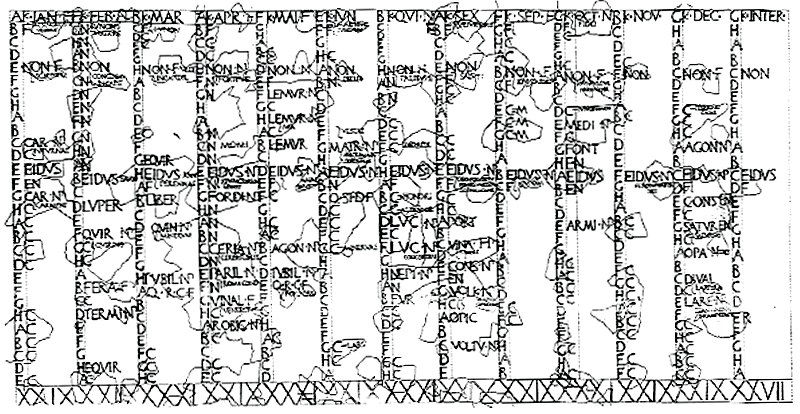Why Are There Only 28 Days in February?
Curated from: mentalfloss.com
Ideas, facts & insights covering these topics:
3 ideas
·1.23K reads
15
Explore the World's Best Ideas
Join today and uncover 100+ curated journeys from 50+ topics. Unlock access to our mobile app with extensive features.
Early Roman Calendar
In 8th Century BCE, when the Romulus Calendar was used, there were only 10 months, with January and February missing. Each month had either 30 or 31 days.
Winter months weren’t counted as planters and harvesters didn't care for those unproductive, cold months, resulting in 61 days of non-calendared time, and years with only 304 days.
51
565 reads
Introducing January And February In Calendars
In 713 BCE, King Numa Pompilius introduced two new months, January and February, added to the end of the Calendar.
As February was the last month on the list, it ended up being short (28 days) while other months were also modified to be either 29 or 31 days.
46
351 reads
Leap Year Problems
As the years went by, the Romans realized they had to add or subtract days to sync itself with the seasons. So many days were out of sync that they even had to add a 27-day leap month called Mercedonius.
The confusion reached its peak in Julius Caesar's time, resulting in a year that was 445 days long(in 46 BCE). Caesar aligned it and that is what is being followed even today.
48
314 reads
IDEAS CURATED BY
Similar ideas
4 ideas
Roman law | Influence, Importance, Principles, & Facts
britannica.com
2 ideas
Why are there two Easter Dates?
bbc.co.uk
4 ideas
Read & Learn
20x Faster
without
deepstash
with
deepstash
with
deepstash
Personalized microlearning
—
100+ Learning Journeys
—
Access to 200,000+ ideas
—
Access to the mobile app
—
Unlimited idea saving
—
—
Unlimited history
—
—
Unlimited listening to ideas
—
—
Downloading & offline access
—
—
Supercharge your mind with one idea per day
Enter your email and spend 1 minute every day to learn something new.
I agree to receive email updates

